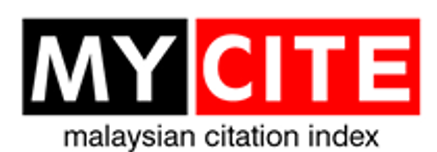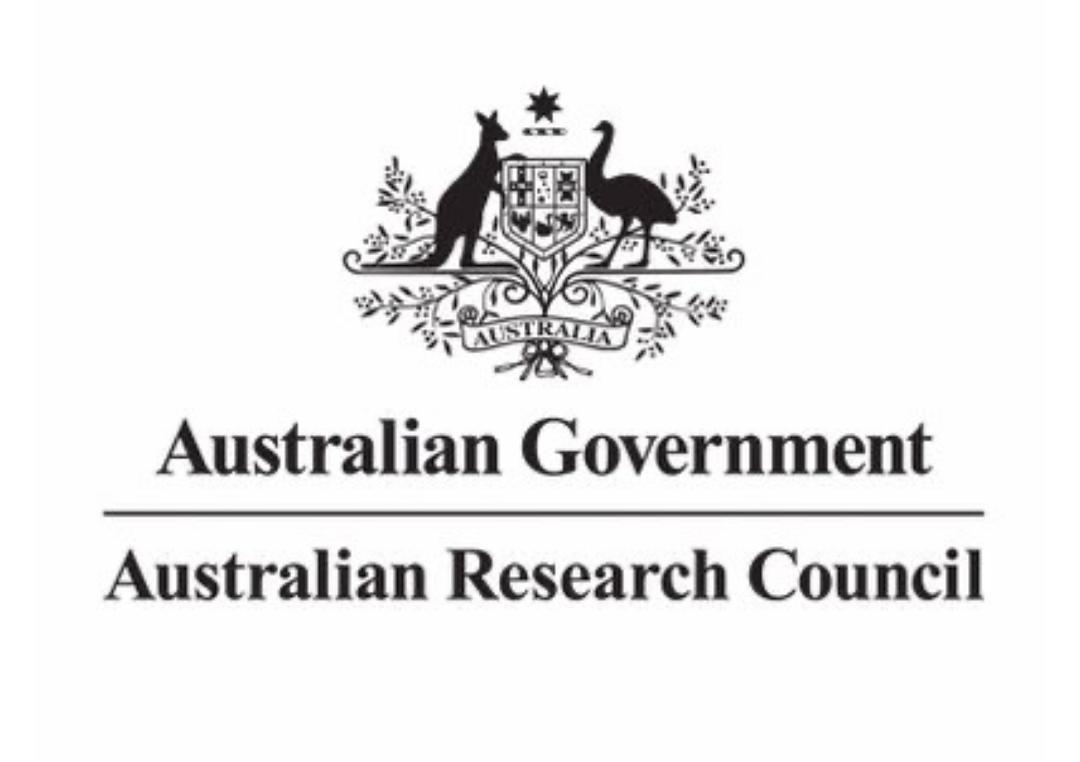The Distribution and Abundance of Long-Tailed Macaques in the Main Campus of Universiti Malaysia Sabah and its Vicinity
DOI:
https://doi.org/10.51200/jtbc.v18i.3453Keywords:
Macaca fascicularis, distribution, abundance, management implications, human-macaque interactions, Universiti Malaysia SabahAbstract
Long-tailed macaques (Macaca fascicularis) inhabit a wide range of natural and human-modified environments in Southeast Asia. Because of their ability to occupy the same space and utilise the same food resources as humans, long-tailed macaques have in some cases been regarded as nuisance and pest. As part of an effort to assess the status of human-macaque interactions in the main campus of Universiti Malaysia Sabah (UMS), we conducted a survey to determine the distribution range and estimate the abundance of the macaque population. We performed the survey monthly from April 2019 to March 2020 at 13 localities classified into three different habitat types i.e. secondary forest, forest edge and urban areas identified in the campus and its vicinity. The survey covered an overall area of 6.02 km2. We recorded the group or individual locations and the number of macaques with each individual's age/sex information whenever possible. The macaques consisted of three different multimale-multifemale groups and a solitary individual. We recorded a minimum population size of 54 macaque individuals with an average group size of 17.7 individuals and a population density of 8.97 individuals/km2 in the surveyed areas. Macaques were encountered every month and in all habitat types defined in this study. However, they were mainly distributed at two habitat types i.e. urban areas and forest edges near Bukit UMS and the student residential colleges where anthropogenic influence appeared to be high. We speculate that the monthly availability of food resources, including anthropogenic food waste, may partly explain this distribution pattern. We suggest that further studies is conducted in this regard.
Downloads
Published
How to Cite
Issue
Section
License
BY: credit must be given to the creator.
NC: Only noncommercial uses of the work are permitted.
This journal provides open access to its content under CC BY-NC 4.0 on the principle that making research freely available to the public supports greater international collaboration and information exchange.












